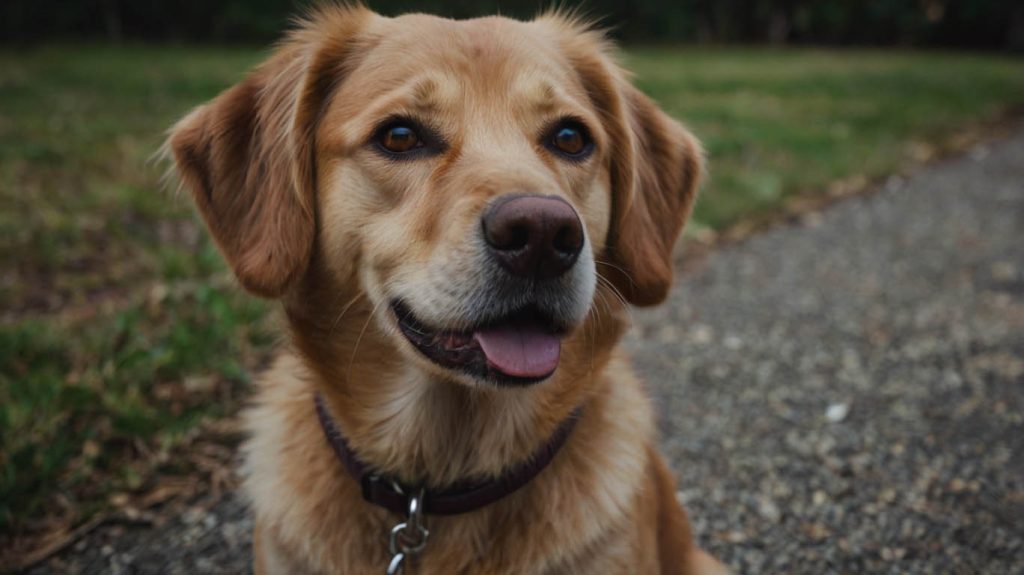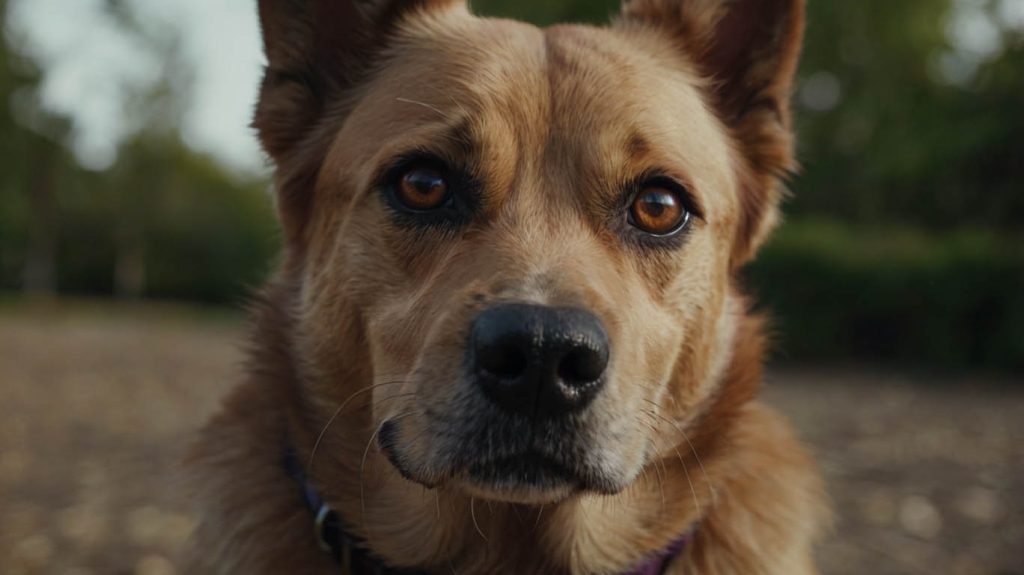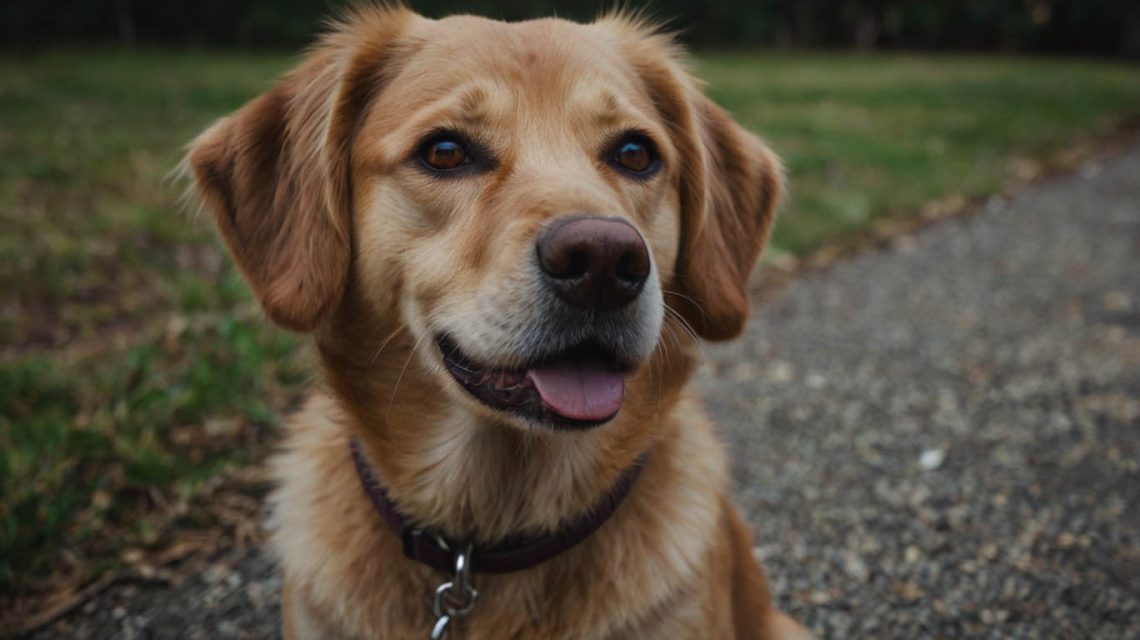Picture this: You’re on a peaceful walk with your dog, but suddenly, someone passes by—and your dog goes wild. Barking, lunging, or fixating on the stranger turns a relaxing outing into a stressful ordeal. If this scenario sounds familiar, you’re probably wondering how to train my dog to ignore strangers calmly and consistently.
Thankfully, you’re not alone. Many pet parents face the challenge of over-friendly or overly reactive dogs. Whether your pup greets everyone with excitement or barks at passersby out of fear, there are clear steps to guide your dog toward more neutral, focused behavior.
In this detailed guide, you’ll discover how to train my dog to ignore strangers using effective techniques, reward-based training, and real-world case studies—all optimized to help your dog stay cool and collected.
Why Dogs React to Strangers in the First Place
Before diving into training techniques, it’s crucial to understand the root cause of your dog’s reactions. Dogs typically notice and respond to strangers due to:
- Overexcitement or poor impulse control
- Protective instincts or territorial behavior
- Fear or anxiety around unfamiliar people
- Previous negative experiences
- Lack of socialization or training
Each reason requires a slightly different approach, so identifying the “why” is your first step in how to train my dog to ignore strangers successfully.

Case Study: Bella the Barking Beagle
Bella, a 2-year-old Beagle, barked at every person who walked past her gate. Her owners were overwhelmed and considered rehoming her. With the help of a positive reinforcement trainer, Bella was taught the “Look at Me” cue and desensitized to stranger exposure in small doses. After just four weeks, Bella began calmly observing people without a single bark.
Bella’s journey reminds us that change is possible—and that how to train my dog to ignore strangers is about consistency, not perfection.
Start with Obedience Basics First
Before you can teach your dog to ignore strangers, they must be responsive to basic cues. Reinforce these essentials:
- “Sit” – helps redirect and ground the dog
- “Stay” – prevents rushing toward people
- “Look” or “Watch Me” – teaches focus and control
- “Leave it” – interrupts reactive or overexcited behavior
Practicing these commands in a quiet space strengthens your dog’s impulse control and sets the foundation for more advanced behavior work.
Desensitization: Slowly Reduce Reactivity
Desensitization involves gradually introducing your dog to strangers from a distance that doesn’t trigger a reaction. This method is key in mastering how to train my dog to ignore strangers safely.
Step-by-step desensitization:
- Start at a distance where your dog notices but doesn’t react to a person.
- Reward calm behavior with a treat or praise.
- Gradually reduce distance as long as your dog stays calm.
- End on a high note before your dog becomes overstimulated.
Over time, your dog will learn that strangers aren’t a threat or an invitation to jump—just background noise.
Use the “Look at Me” Cue to Regain Focus
Teaching your dog to focus on you, rather than others, is a cornerstone of training. Here’s how to do it:
- Hold a treat near your eyes and say, “Look at me.”
- Reward immediately when your dog makes eye contact.
- Repeat daily in different settings.
- Use this command whenever a stranger approaches.
This cue helps break the fixation and reinforces your dog’s attention on you, which is essential for success in how to train my dog to ignore strangers long term.
Reward-Based Training Builds Trust and Focus
Instead of scolding your dog for reacting to strangers, reinforce calm behavior. This approach builds trust and teaches your dog what to do instead.
- Use high-value treats your dog loves
- Praise generously when they make the right choice
- Keep sessions short and positive
- Avoid punishment, which can increase fear and confusion
Training with rewards makes learning fun and sustainable. Plus, it strengthens the bond between you and your dog.
Create Real-Life Practice Scenarios
Training indoors is a great start, but real-world distractions require practice. Try these setups:
- Walk by schools or parks during off-peak times
- Ask a friend to play the role of a stranger
- Visit a dog-friendly store and observe from afar
- Use long leashes in safe, controlled areas
Gradually expose your dog to more strangers while reinforcing desired behavior. Controlled exposure is how to truly master how to train my dog to ignore strangers effectively.
Redirecting vs. Avoiding: Know the Difference
Some pet owners assume the best strategy is to avoid strangers altogether. But long-term success comes from facing the trigger—strategically.
Redirecting uses cues to shift focus (e.g., “Look” or “Leave it”).
Avoiding simply bypasses the problem, which may delay improvement.
Use redirection when your dog starts to fixate, and gradually decrease avoidance as your dog’s confidence grows.
Crucial Tools That Support Stranger-Training Success
Having the right gear can make a big difference in training outcomes.
- Front-clip harness – discourages pulling and supports redirection
- Clicker – helps mark good behavior instantly
- Treat pouch – keeps rewards accessible
- Calming collar or diffuser – helps nervous dogs relax
These tools reinforce your efforts to learn how to train my dog to ignore strangers without added stress.

What to Do When Your Dog Reacts Poorly
Despite your best efforts, setbacks will happen. Here’s how to respond calmly:
- Don’t yank the leash or scold
- Use your “Leave it” or “Look” cue
- Create distance between your dog and the trigger
- Reward them once calm is restored
Staying calm shows your dog that there’s no danger—and models the behavior you want to see.
When to Call in a Professional
If your dog’s reaction to strangers includes:
- Growling or snapping
- Extreme fear or panic
- Complete loss of control
…then working with a certified behaviorist or positive reinforcement trainer is highly recommended. Professional guidance makes a world of difference in more complex cases.
FAQs
Why does my dog bark at strangers on walks?
Likely due to fear, territorial instinct, or lack of training. Focus on redirection and distance work.
Can I teach my dog to be calm around guests too?
Absolutely. Start with training outdoors and gradually apply it to visitors inside the home.
How long does training take?
Each dog is different, but consistent daily training often shows results within 2–4 weeks.
Is ignoring strangers the same as being antisocial?
No. You’re simply teaching your dog that not all people need to be greeted or feared.
Will neutering help with stranger reactivity?
It may reduce territorial or dominance-driven behavior, but training is still essential.
Conclusion: Calm Dogs Start with Clear Training
Learning how to train my dog to ignore strangers is about more than stopping a behavior—it’s about guiding your dog toward confidence, trust, and focus.
By combining obedience, desensitization, and positive reinforcement, you’ll build a calm companion who can walk through any environment without tension or trouble. And as your dog improves, so will your confidence as their trainer and guide.


